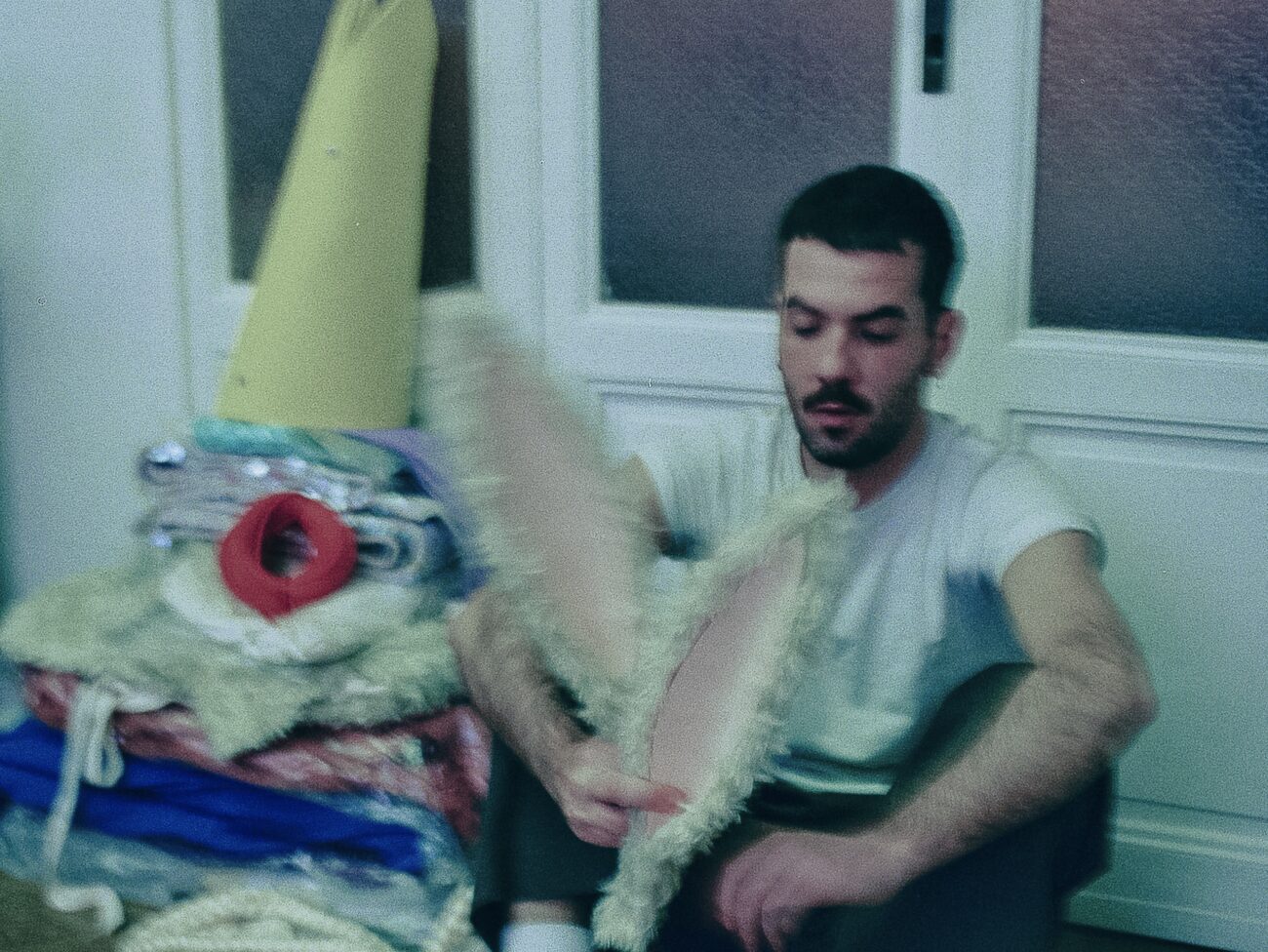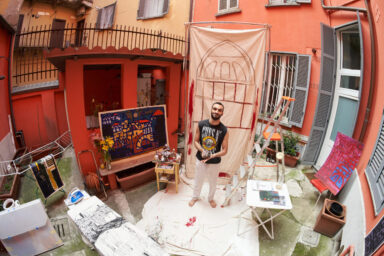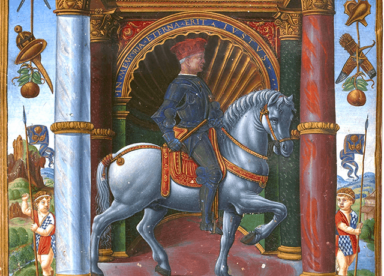Through his work at Fondazione Merz and his personal research, he embarks on a quest to decipher the essence of existence before succumbing to the influences of cult-like devotion. Rooted into the depths of the elemental forces, his installations are echoes with primordial resonance, aimed at mirroring the eternal dance between ecstasy and grace.
In his installations, films, and photographs, GianMarco has a natural inclination to exploring cultures and mythologies worldof the Mediterranean. His work reflects a continuous movement between the past and present, engaging in a dialogue between traditional customs and modern visual expressions. Within his imaginative realm, diverse characters emerge, drawing inspiration from a rich tapestry of ancient lore, classical literature, Hellenistic cultures, and astrological enigmas.
Venturing into the ancient myth of Medea, GianMarco Porru confronts the complexities of her character, transcending conventional narratives of tragedy and betrayal. Drawing from diverse sources beyond the confines of classical Greek literature, he challenges traditional interpretations, unveiling new dimensions of Medea’s tale. Their reinterpretation probes the intricacies of Greek culture and identity, shedding light on the construction of Western civilization itself.
Yet, amidst the labyrinth of symbolism and mythology, he finds solace in the constancy of personal mythology. Their artistic odyssey unfolds as a testament to the fluidity of identity and the enduring bonds of kinship. From the mystical depths of water to the celestial expanse of the stars, each element serves as a conduit for introspection and transformation. Through the prism of their artistry, GianMarco navigates the intricate tapestry of existence, weaving together threads of emotion and experience.
Going through these different influences and inspirations, I had the opportunity with him to divide them by macro-topics, trying to extrapolate the real inner meaning of the most important symbols I wanted to know more about.
SACRED AND HOLY
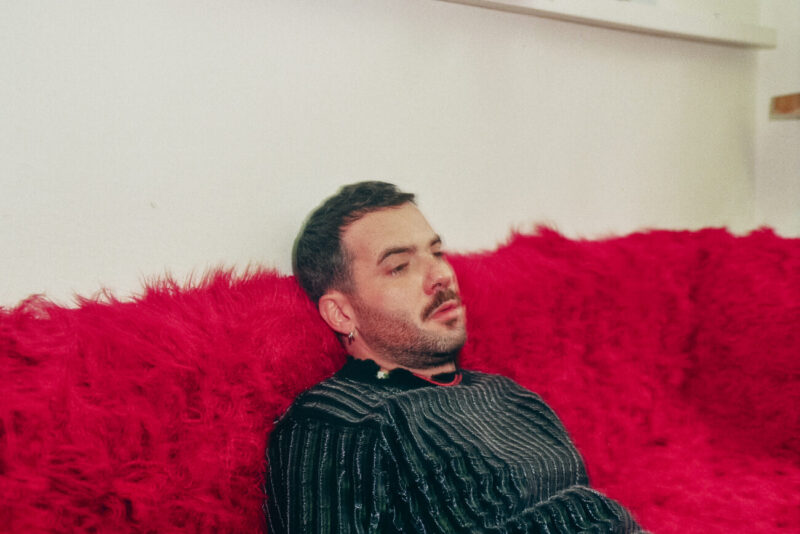
There is no relationship with God, neither in my work at Fondazione Merz nor in my personal research. The idea is to try to understand what we were before joining the cult for someone/something. I found in Water this primordial element, both in the installation for Fondazione Merz and in my stay in Brazil. The idea of Sacred and Holy for me comes from my journey towards a personal state of ecstasy and grace, which I still consider a kind of cult, although not directly related to religion. I have been pursuing this research for some time now, and during this journey, I have realized that there are more elements that I consider sacred, but not holy. For example, fire, a sort of ancient miracle, or water, in all its forms. In the end, they are two elements both ‘autonomous,’ mutable, and governable, mysterious but manageable. Whereas air, for example, represents nothing sacred or holy to me. Silence is also certainly one of the cornerstone elements in my journey. Silence is a constant, even in my works, an indispensable state that I need to concentrate and purify the space from what is outside, to slow down and hypnotize.
MEDEA
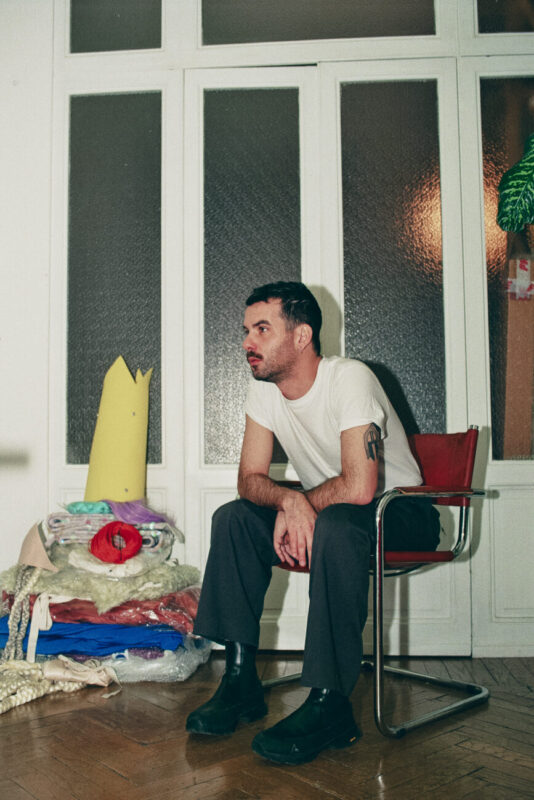
I’ve explored the myth of Medea both in her guise as “Maledetta” and in “Medea,” and I’m not sure if there is any pain in either of them. These are not unhappy works, but rather pieces that raise questions about her figure, also in relation to Greekness; in the sense that there’s an analysis of the construction of Greek culture itself and a series of structures that can make us reflect on the source of Western culture. And these two works somewhat question this construction. The first thing to note is that the text I used for Medea is not by Euripides: already from here, the desire to talk about Medea using other texts is evident, especially one by Christa Wolf, a German playwright, and another by Corrado Alvaro, a Calabrian author. This is an attempt to question the character of Medea, no longer limiting ourselves to Greece and no longer focusing always and only on matricide, because, in theory, what Christa Wolf tells is that the people of Corinth mobilize to have Medea’s children killed by the people of Corinth themselves and not by Medea, as narrated in most texts. This becomes a strategy of the people of Corinth to distance Medea, who is seen as a foreigner coming from ancient Colchis, now on the borders with Turkey.
In my opinion, this is just a first step that can lead to a series of more complex readings, which do not just lead to a reasoning like: “Ok, she killed her children, what are the reasons?” It’s not just about a suffering and betrayed woman, because otherwise, the reflection would stop there, but there are different levels of interpretation in the character of Medea, which has always been fascinating to me. *Art ennobles thoughts and transforms a series of things into images, but when you confront reality, you see everything differently.*
“Medea” by artist GianMarco Porru performed by Mariasilvia Greco and Chiara Serafini and presented on the occasion of Milano Re-Mapped Summer Festival 2023 on July 13, 2023.
SYMBOLISM, STARS AND PERSONAL MYTHOLOGY
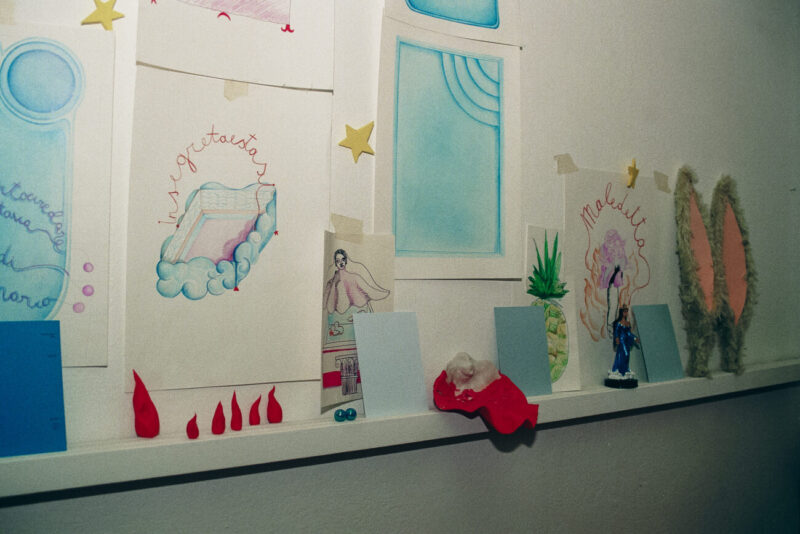
My personal mythology is definitely an integral part of my work, but I find it extremely strange to have a recognizable aesthetic because it’s something I never consciously think about. Yes, of course, it partly comes naturally, but for me, it’s always a matter of recognizing certain aspects without turning the whole thing into a mathematical operation. This is my mistake; I wouldn’t want it to become a process where things are mixed together and a certain recognizability is achieved, sometimes perhaps a bit clichéd. However, it’s undeniable that there are elements that constitute a constant in my work. They don’t radically change from time to time, but it’s precisely this slow, constant process of variation that I find interesting and that I like. For example: magic, in my vision, can be represented by water; especially in Sardinia, where there is a deep connection with the territory and the mythologies associated with it. The structure of families, their arrangement, so to speak, also plays an important role, considering that Medea is a drama that takes place within a family. I’m also interested in the emotional issues related to that sphere, of family and friends: often they become protagonists of my works and contribute to my personal mythology. I like to think that a friend could embody the role of Medea, and her voice, for example, can be no other than Maria Silvia’s, raw and authentic. My choices are very conscious, and they come back to my personal mythology, both in work and in everyday life. I would never be interested in holding a casting to find the “right face” for a full moon because I already know it would be Vittoria’s; same for the “right voice”, as it would ever be Francesco’s. In these choices, there is an awareness that reflects my personal mythology which, in turn, intertwines with my professional and personal imagery.
Finally, regarding your last question: if I were to choose a symbolic element, not related to mythology, I might be drawn to choosing the representation of stars and the sky: I’m fascinated by the manipulation of the sky and its projection onto the earth, as well as the analysis that people make of themselves and those around them through the zodiac. It’s strange but interesting and powerful at the same time because it connects us to something more extensive, a broader sphere that I would allow myself to define not only two-dimensional, and I personally feel very involved in this process. I don’t want to pretend to feel immune to something as vast and influential as the lunar cycle, which regulates tides and actively conditions our lives.
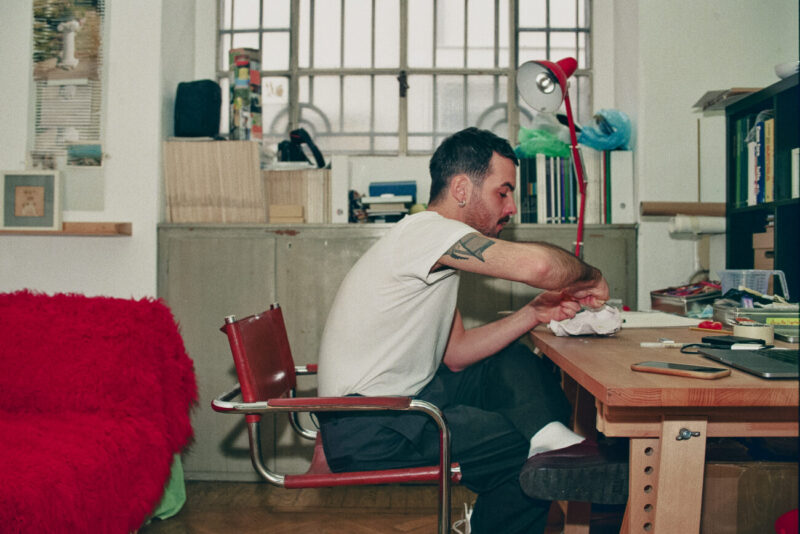

GianMarco Porru was born in Oristano in 1989 and currently lives and works in Milan. He graduated from the Academy of Fine Arts of Brera and simultaneously pursued training in the field of theater. His research is linked to storytelling, narratives, written and oral tales, and storytelling through images. He often starts with an interest in anthropological and ethnographic analyses, which then develops into the creation of performative actions that disrupt or slow down the rhythm and time that govern the ordinary.
